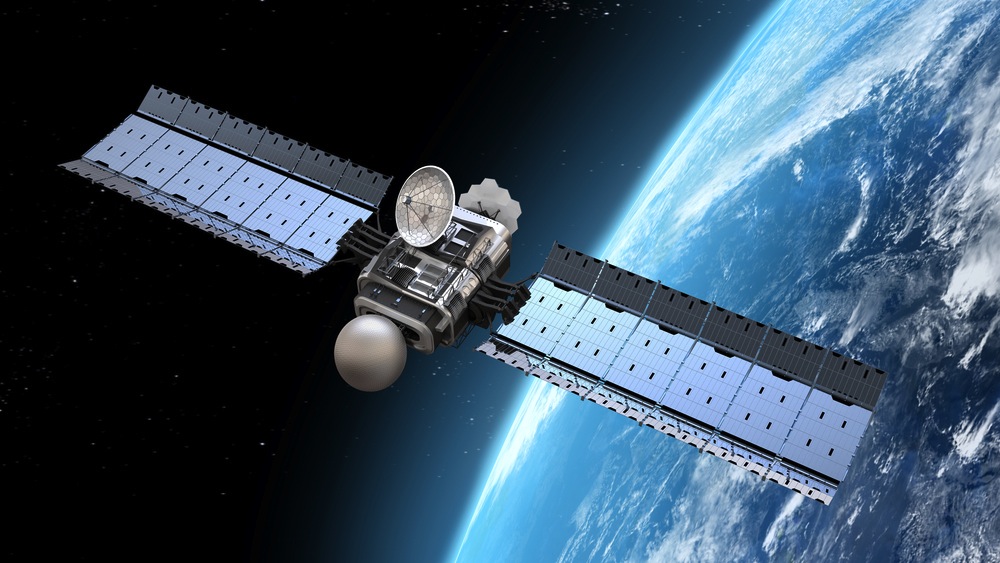Some components found in NASA-commissioned space-tech devices will soon come from an unlikely source: prison inmates.
NASA recently forged an agreement with San Quentin State Prison in California that will put its inmates to work building Poly Picosatellite Orbital Deployers (PPODs), reports Space.com. The PPODs are used to mount tiny cubestats satellites onto space vehicles that launch them into orbit around the planet.
While some people might have reservations about advancing the space programs on the backs of prisoner, so to speak, it’s actually a good thing. The partnership adheres to all the regulatory guidelines within the Prison Industries Enhancement certification program (PIE), which allows states and local governments to create work opportunities for prisoners. The purpose of the program is to place prisoners in real-life work environments and give them marketable skills/education they can use when their sentence is up. More traditional PIE partnerships involve having inmates stamp license plates or make brooms/mops.
As terms of the partnership, NASA Ames Research Center signed a two-year, non-reimbursable Space Act Agreement with the prison. NASA officials will also develop the educational plan to train inmates to build the small satellite components, which should help these inmates gain a factory job in the aerospace industry upon release.
Sadly, NASA doesn’t have any plans to use the components in space at this time, according to NASA Ames Associate Director of Engineering Adriana Cardenas. “Depending on the quality, we may consider the possibility that they could be used as test articles,” she told SpaceNews.
Image via lexaarts /Shutterstock
VentureBeat's mission is to be a digital town square for technical decision-makers to gain knowledge about transformative enterprise technology and transact. Learn More

